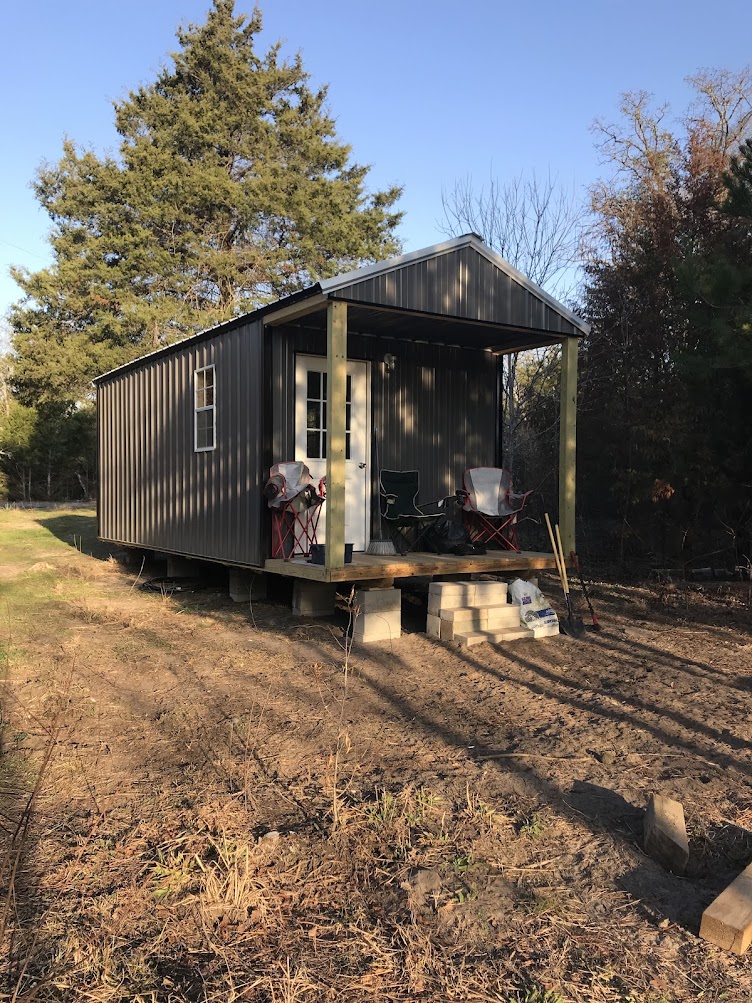Homesteading is a lifestyle that involves self-sufficiency, sustainability, and a deep connection with nature. It requires a diverse range of skills, from gardening and animal husbandry to carpentry and food preservation. In this article, we will explore the essential skills for homesteading and strategies for developing them.
Gardening
Gardening is a fundamental skill for homesteading, providing a source of fresh produce and a connection to the natural world. To develop this skill, it is essential to learn about soil health, seed selection, planting techniques, and pest management. Resources such as gardening books, online forums, and local gardening clubs can provide valuable information and support.
Animal Husbandry
Raising livestock such as chickens, goats, or pigs is another essential skill for homesteading. It requires knowledge of animal behavior, health, nutrition, and housing. It is important to learn about the specific needs and requirements of each animal and to develop a plan for their care and management. Resources such as animal husbandry books, online communities, and mentorship programs can provide valuable guidance.
Carpentry
Carpentry is a useful skill for homesteading, enabling the construction and repair of structures such as sheds, barns, and fences. It requires knowledge of basic tools, woodworking techniques, and safety practices. It is essential to invest in quality tools and materials and to practice with small projects before tackling larger ones. Resources such as carpentry books, online tutorials, and community workshops can provide valuable instruction and support.
Food Preservation
Preserving food through techniques such as canning, dehydrating, and fermenting is a vital skill for homesteading, enabling the storage and use of seasonal produce throughout the year. It requires knowledge of food safety, equipment, and preservation techniques. It is important to start with simple projects and to follow established recipes and guidelines. Resources such as food preservation books, online tutorials, and community workshops can provide valuable instruction and support.
Self-Sufficiency
Self-sufficiency is a core value of homesteading, requiring skills such as renewable energy generation, water conservation, and waste reduction. It is important to learn about sustainable living practices, such as solar panel installation, rainwater harvesting, and composting. Resources such as self-sufficiency books, online communities, and local workshops can provide valuable information and support.
Conclusion
Homesteading requires a diverse range of skills, from gardening and animal husbandry to carpentry and food preservation. To develop these skills, it is essential to seek out resources such as books, online tutorials, and local communities. It is important to start with small projects and to practice regularly, building on existing knowledge and experience. With these strategies, homesteading can provide a fulfilling and sustainable way of life that fosters self-sufficiency and a deep connection with nature.
